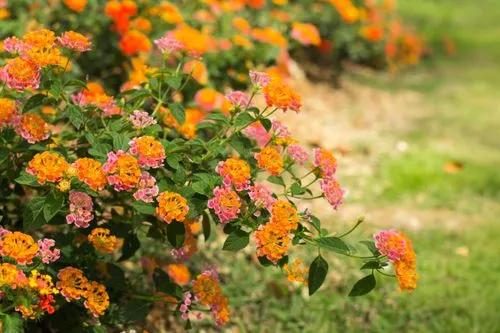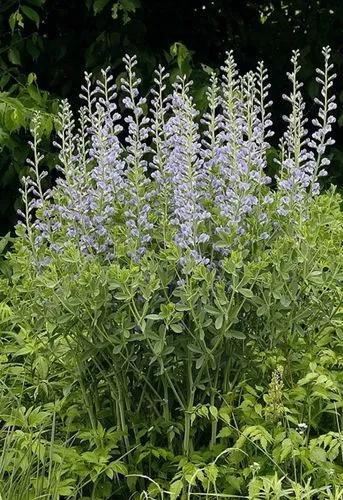Spergula is a genus of flowering plants in the family Caryophyllaceae. Their usual English name is spurry or spurrey. Commonly found in grassland, the genus originated in the northern hemisphere, but is now found worldwide
Spurry Care
Spergula diandra



Plants annual, delicate, 5-15 cm, stipitate-glandular throughout or nearly so. Taproots slender. Stems erect to diffusely spreading, much-branched proximally and distally; main stem 0.3-0.7 mm diam. proximally. Leaves: stipules inconspicuous, silvery to dull tan, broadly triangular, 1.5-2 mm, apex acuminate; blade linear, 0.6-2.3 cm, somewhat fleshy, apex blunt to apiculate; axillary leaf cluster usually absent.
Cymes simple but commonly 4-8+-compound. Pedicels erect to reflexed in fruit. Flowers: sepals connate 0.2-0.5 mm proximally, lobes 1-veined or not, lanceolate to ovate, 2.3-3.1 mm, enlarging little in fruit, margins 0.1-0.3 mm wide, apex obtuse to rounded; petals white, elliptic to ovate, 0.7-0.8 times sepals; stamens 4-7; styles 0.4-0.6 mm. Capsules greenish tan, 2.5-2.8 mm, 0.9-1.2 times sepals. Seeds black, often with silvery, not iridescent tinge, with submarginal groove, pyriform, somewhat compressed, 0.4-0.6 mm, shiny, sculpturing of low, elongate tubercles, not papillate (40×); wing absent. 2n = 18 (Europe).
This plant might be poisonous
How to get rid of: After a drenching rain, stage a rewarding weeding session by equipping yourself with gloves, a sitting pad, and a trug or tarp for collecting the corpses. As you head out the door, slip an old table fork into your back pocket because there’s nothing better for twisting out tendrils of henbit or chickweed. When going after bigger thugs, use a fishtail weeder to pry up taprooted weeds, like dandelion or dock.
Under dry conditions, weeds sliced off just below the soil line promptly shrivel up and die, especially if your hoe has a sharp edge. In mulched beds, use an old steak knife to sever weeds from their roots, then patch any open spaces left in the mulch.
Discover more plants with the list below
Popular articles






